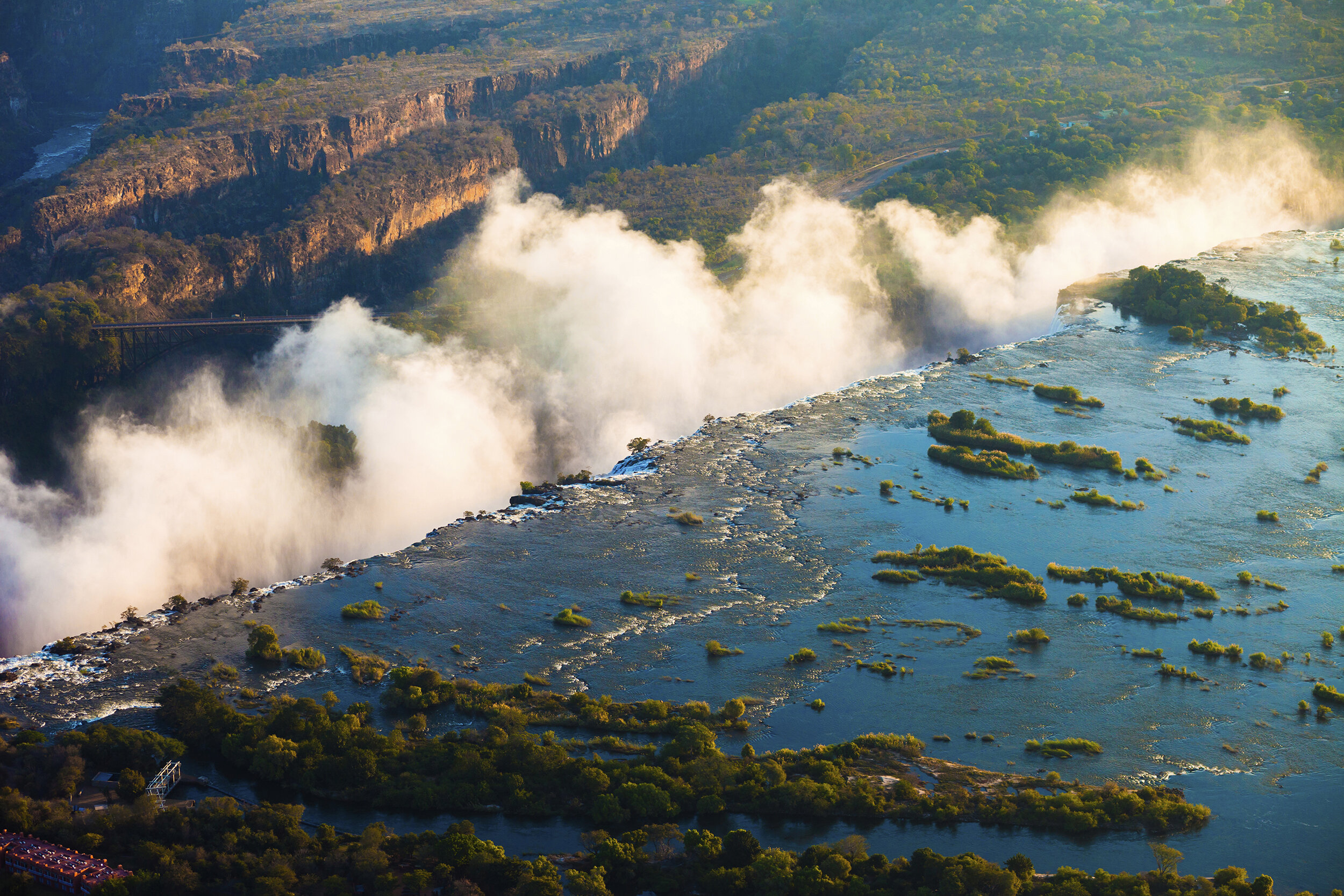
Zambia

The many National Parks offer great opportunities for observing Africa’s plains game and their attendant predators. Experts have dubbed South Luangwa to be one of the greatest wildlife sanctuaries in the world. The concentration of animals around the Luangwa River, and its oxbow lagoons, is among the most intense in Africa. The Luangwa River is the most intact major river system in Africa and is the life-blood of this Park. The now famous ‘walking safari’ originated in this Park and is still one of the finest ways to experience Africa’s pristine wilderness first-hand. Kafue is one of the largest national parks in the whole of Africa. It is largely unexplored with vast tracts of its virgin bush still untouched and holds a fantastic diversity of wildlife . The Lower Zambezi National Park lies opposite the famous Mana Pools Reserve in Zimbabwe, so the whole area on both sides of the Zambezi River is a massive wildlife sanctuary. It is so well endowed with rivers, lakes, wetlands, forests, lagoons, meadows and dambos, that it supports a uniquely wide range of animals, fish and superb birdlife. It hosts good populations of lion and leopard and it is surely one of the most picturesque parks in Zambia.
Luambe, Lukusuzi, Liuwa Plain, West Lunga, Sioma Ngwezi, and Nyika Plateau have substantial wildlife but are still undeveloped. Nyika Plateau is a beautiful, montane, highland area, lying on the Malawian border, at the eastern-most tip of Zambia. The views from the Plateau are spectacular and is surely one of the most beautiful places in Africa.
Whether it’s the history and sheer size of Lake Tanganyika (the world’s longest lake) that draws you, getting off the beaten track at Lake Mweru, or taking in the secluded beach holiday atmosphere on the banks of Lake Kariba, Zambia offer you a spectacular array of experiences. Lusaka, the capital city, is now one of Africa’s fastest-growing cities, while the historic town of Livingstone at Victoria Falls has become the ‘adventure capital’ of the whole of Africa.
Guidelines On Climate
Although Zambia lies in the Tropics, the height of the plateau ensures that the climate is seldom unpleasant. There are 3 distinct seasons: summer (October and November) is hot and dry with temperatures ranging from 31oC – 34oC (88oF – 93oF); winter (May to September) is cool and dry with temperatures ranging from 25oC – 33oC (77oF – 91oF); the rainy season is from December to April. The rainfall pattern over Zambia is similar over the whole country but the amount varies from area to area. In the North the rainfall is over 1 200mm per year decreasing in the South where it is 700mm a year.
